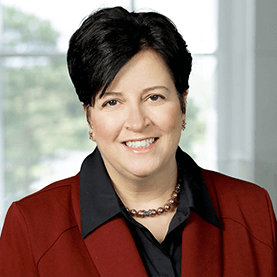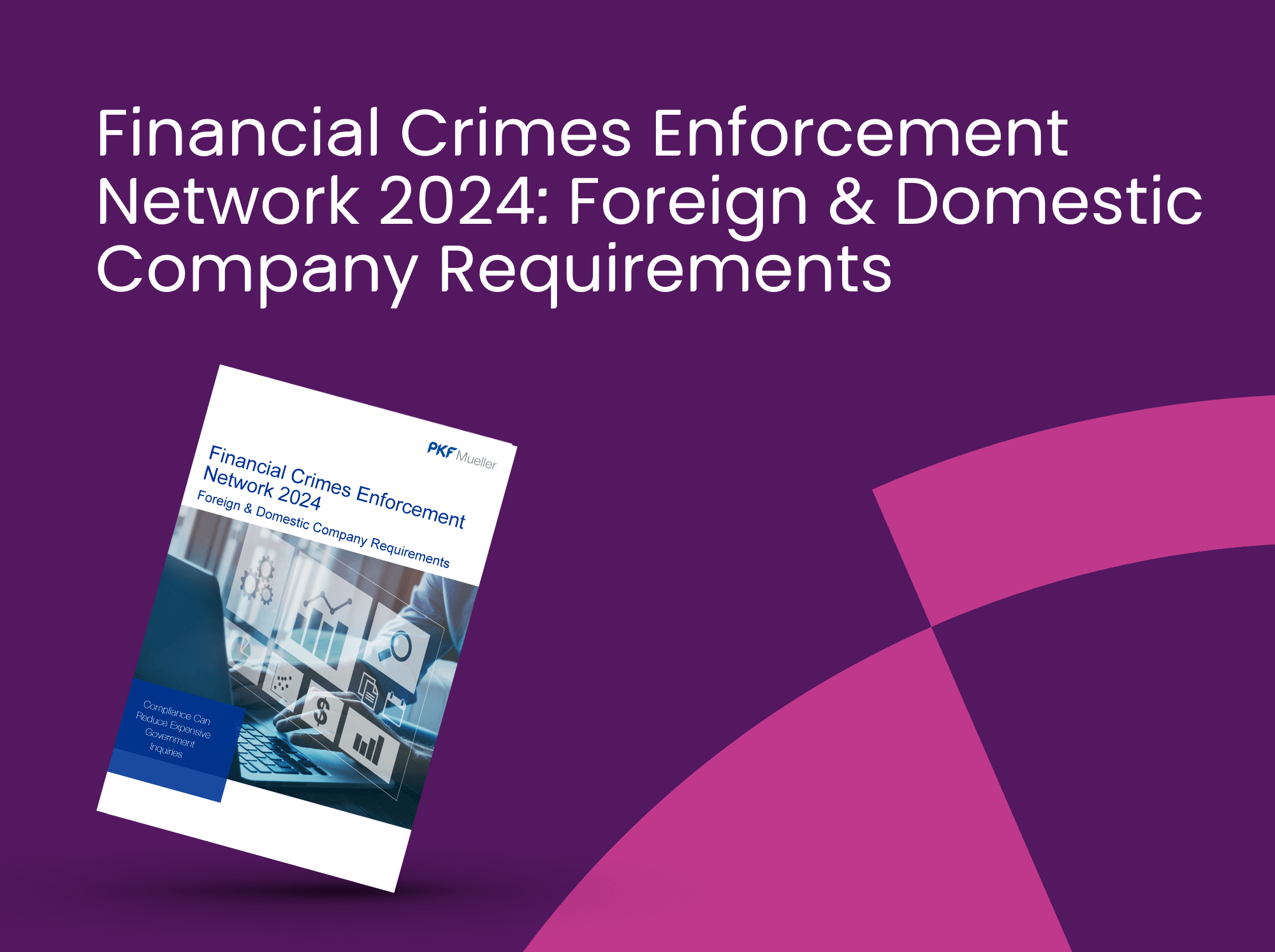CATCHUP AND SIMPLE PLAN CONTRIBUTIONS
Second catchup contribution
SECURE 2.0 provides a second increase in the contribution amount for those aged 60 to 63, effective for tax years starting in 2025. Generally, this “second” catchup amount is $10,000 ($5,000 for SIMPLE) plans and is subject to inflation adjustments.
The annual catchup amount is subject to inflation adjustments starting in 2026.
Roth application
For tax years starting in 2024, catch-up contributions (except for SEP or SIMPLE IRA’s) are subject to Roth (after-tax) rules if the wages from the employer for the preceding calendar year exceeded ($145,000 inflation adjusted).
Increased IRA catch-up amount
For tax years starting in 2024, the IRA catch-up contribution of $1,000 is inflation indexed for those aged fifty and older.
Increased SIMPLE plan contributions
For tax years starting in 2024, an employer may make uniform additional contributions for each SIMPLE plan employee to a maximum of the lesser of up to 10% of compensation or $5,000 (inflation adjusted).
NEW RETIREMENT PLANS
SECURE 2.0 establishes two new kinds of retirement plan designs for plan years beginning after 2023, which smaller employers may be inclined to offer to employees due to their eased costs and administrative burdens. The new plans are for an employer (including predecessor employer) that does not maintain a retirement plan during the year.
Starter 401(K) plans for employers with no retirement plans
The ACT allows a new type of section 401(k) plan called a starter 401(k) deferral-only arrangement, which is a cash or deferred arrangement maintained by an eligible employer that automatically satisfies the actual deferral percentage (ADP) nondiscrimination test. All employees who meet the plan’s age and service requirements must be eligible to participate and must be treated as having elected to have the employer make elective contributions in an amount equal to the applicable percentage of compensation.
The employee elective contribution percentage must be from 3% to 15% and applied uniformly. Employees may elect out or choose to contribute at a different level, but this changes the elective deferral qualified percentage and probably should be discouraged. The only contributions permitted are eligible employees with elective contributions. No employer matching or nonelective contributions are permitted. Employee elective contributions for a calendar year may not exceed $6,000, adjusted for inflation, but catch-up contributions of up to $1,000, inflation indexed, are permitted for employees aged fifty or over.
Safe harbor 403(b) plan
The Act establishes a new type of 403(b) plan called a safe harbor deferral-only plan for tax-exempt organizations and public schools. The requirements parallel those above for starter 401(k) plans.
EMERGENCY SAVINGS ACCOUNTS LINKED TO INDIVIDUAL ACCOUNT PLANS
This section provides employers the option to offer to their non-highly compensated employees’ pension-linked emergency savings accounts. Employers may automatically opt employees into these accounts at no more than 3% of their salary, and the portion of an account attributable to the employee’s contribution is capped at $2,500 (or lower as set by the employer). Once the cap is reached, the additional contributions can be directed to the employee’s Roth defined contribution plan (if they have one) or stopped until the balance attributable to contributions falls below the cap.
Contributions are made on a Roth-like basis and are treated as elective deferrals for purposes of retirement matching contributions with an annual matching cap set at the maximum account balance, i.e., $2,500, or lower as set by the plan sponsor. The first four withdrawals from the account each plan year may not be subject to any fees or charges solely on the basis of such withdrawals. At separation from service, employees may take their emergency savings accounts as cash or roll it into their Roth defined contribution plan (if they have one) or IRA.
This section applies to plan years beginning after December 31, 2023.
ROTH PLAN DISTRIBUTION RULES
Under current law, required minimum distributions are not required to begin prior to the death of the owner of a Roth IRA. However, pre-death distributions are required in the case of the owner of a Roth designated account in an employer retirement plan (e.g., 401(k) plan).
This section eliminates the pre-death distribution requirement for Roth accounts in employer plans.
This section is effective for tax years beginning after December 31, 2023. The section does not apply to distributions which are required with respect to years beginning before January 1, 2024 but are permitted to be paid on or after such date.
TAX-FREE ROLLOVERS FROM COLLEGE SAVINGS ACCOUNTS (SECTION 529 ACCOUNTs) TO ROTH IRAS
Secure 2.0 permits beneficiaries of college savings accounts to make direct trustee-to-trustee rollovers from their Section 529 account to their Roth IRA without tax or penalty. This provides a benefit for Section 529 accounts that have a balance after the beneficiary’s education is funded. The Section 529 account must have been in existence for more than 15 years at the time of the rollover, and aggregate rollovers cannot exceed $35,000. Rollovers are also subject to the Roth IRA annual contribution limits, but the taxpayer’s adjusted gross income limitation is waived. The change is effective for distributions made after Dec. 31, 2023.
Plan for retirement by also reading: Significant Retirement Changes For 2022 And The Next Few Years
PKF Mueller can help you plan today for your retirement. Contact Your PKF Mueller Representative or:

Kelly Jordan, CPA, JURISPRUDENCE IN INTERNATIONAL TAX LAW, MBA, MBA, CFS, CITA, CTPS
Tax Director
kjordan@pkfmueller.com
+1 847 350 1504

Audra Conforti, CPA
Tax Director
+1 847 649 8821
aconforti@pkfmueller.com

Tim Owens, CPA
Tax Director
+1 708 745 3532
towens@pkfmueller.com



